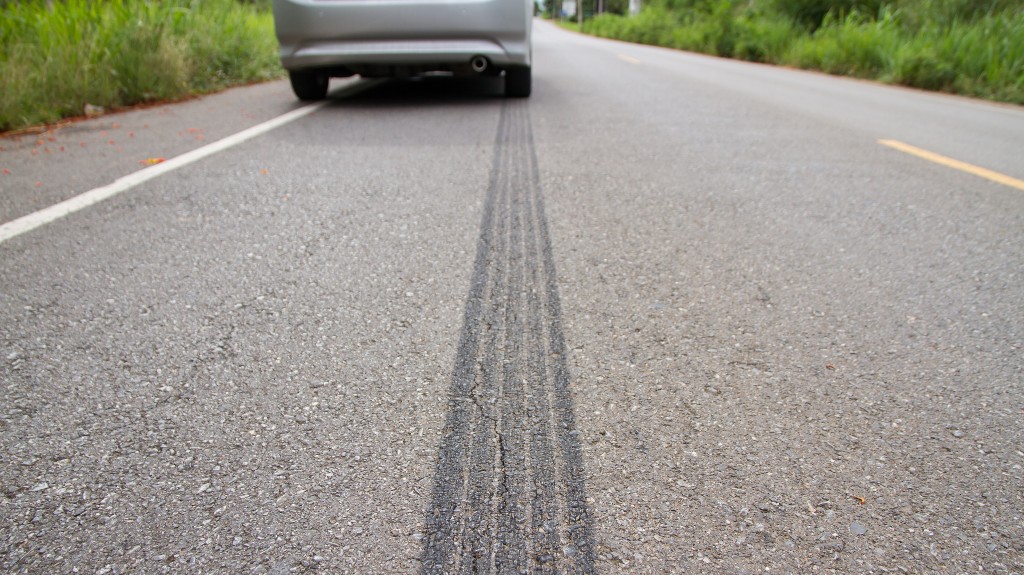
Spring brings welcome changes to Missouri, warmer temperatures, blooming trees, and longer days. But it also brings unpredictable weather patterns that can turn a routine drive into a dangerous one. Rain, fluctuating temperatures, and leftover winter road damage all play a role in reducing traction and increasing braking distance, especially when drivers are unprepared.
For Missouri drivers, understanding how spring conditions affect braking can help prevent accidents. And if you’ve been injured in a collision caused by someone else’s failure to adjust to road conditions, it’s important to know your rights.
Why Braking Distance Matters in Spring
Braking distance refers to the length a vehicle travels after the brakes are applied but before it comes to a complete stop. On dry pavement, braking is relatively predictable. But once rain, slick roads, or even leftover road salt come into play, stopping becomes more difficult.
Spring in Missouri is notorious for its fast-changing weather. A light morning drizzle can turn into a downpour by the afternoon. Drivers who don’t adjust their speed and following distance in wet conditions are far more likely to cause rear-end accidents, slide through intersections, or lose control altogether.
Rain, Oil, and Slippery Roads
Rain doesn’t just make the roads wet, it brings hidden hazards to the surface. The first few minutes of rainfall can actually make roads more dangerous than during heavy storms. That’s because oil and debris that built up during the dry winter months begin to rise to the surface, creating an extremely slick layer.
Even with good tires, stopping on slick pavement takes more time. At 55 miles per hour, a car on a dry road may need around 200 feet to stop. Add rain or oily pavement into the mix, and that number can easily double.
Tire Health and Road Conditions
Springtime is also when drivers begin to realize just how much wear and tear their tires took over the winter. Cold temperatures, salt, and rough pavement can cause tires to lose tread or develop uneven wear. Tread depth is critical for maintaining grip on wet roads. Without it, hydroplaning becomes a serious risk, especially during sudden spring downpours.
Additionally, Missouri’s road crews are often still working to repair potholes and damage from winter storms. Hitting a pothole during braking can reduce control or even lead to tire blowouts.
When a Wet Road Leads to an Accident

If a driver fails to account for slick conditions and causes an accident, they may be held liable, even if the weather contributed to the crash. Missouri law follows a pure comparative fault system, which means a driver can still recover compensation if they were partially at fault, but their recovery may be reduced.
For example, if a driver in front suddenly slammed on their brakes and you rear-ended them on a wet road, the other driver’s actions may be partly to blame. A judge or jury would determine what percentage of fault each party shares and how that affects compensation.
Getting Help After a Springtime Car Accident
Being involved in a car accident during spring weather can be overwhelming. One moment you’re driving through light rain, and the next, you’re dealing with a damaged vehicle and painful injuries.
At Dreyer & Tinney, we understand how Missouri’s spring weather can complicate car accident claims. From gathering evidence to negotiating a fair settlement, we help injured drivers get the compensation they deserve.
If you’ve been injured in a Missouri car accident caused by wet road conditions, don’t wait. Contact Dreyer & Tinney today to schedule a free consultation and protect your rights.
